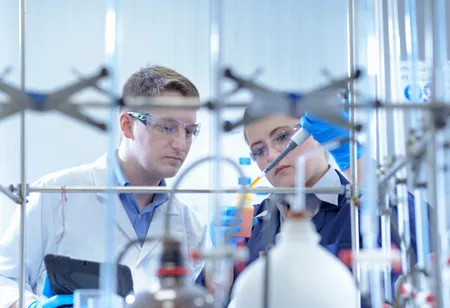In a bold move towards modernization, the chemical manufacturing sector embraces the sweeping wave of digital transformation and Industry 4.0 technologies.
FREMONT, CA: This convergence of cutting-edge technologies is reshaping the landscape of chemical production, enhancing operational efficiency, improving safety, and accelerating innovation like never before.
Smart Factories and the Industrial Internet of Things (IIoT): Industry 4.0 is ushering in the era of smart factories, where interconnected devices and sensors enable real-time data collection and analysis. The Industrial Internet of Things (IIoT) is pivotal in chemical manufacturing. Sensors embedded in equipment and production lines continuously gather temperature, pressure, and chemical composition data.
This wealth of real-time data provides manufacturers with invaluable insights into their operations. Process optimization, predictive maintenance, and early fault detection are becoming routine as data-driven decision-making transforms traditional manufacturing processes.
Automation and Robotics: Automation has become a cornerstone of Industry 4.0, and chemical manufacturing is no exception. Robots and autonomous systems are increasingly deployed to perform hazardous tasks, reducing human exposure to potentially dangerous environments. Robots can carry out intricate operations with precision and speed, thus enhancing productivity and product quality.
For instance, in hazardous chemical handling, robots mix, transfer, and measure chemicals, reducing the risk of human error and exposure to toxic substances.
Predictive Analytics and Maintenance: Predictive analytics, powered by advanced algorithms and machine learning, are revolutionizing maintenance practices in chemical manufacturing. By analyzing historical data and real-time sensor readings, predictive maintenance can forecast equipment failures before they occur. This approach minimizes downtime, prevents unscheduled shutdowns, and extends the lifespan of critical equipment.
Chemical companies are adopting condition-based monitoring systems that can detect anomalies in equipment behavior, signaling potential problems long before they reach a critical stage.
Digital Twins and Simulation: Digital twins, virtual representations of physical assets or processes, are gaining prominence in chemical manufacturing. These digital replicas allow manufacturers to simulate and analyze the behavior of products and processes under various conditions. This technology facilitates testing and optimization before physical implementation, thus reducing time-to-market and minimizing resource wastage.
In chemical R&D, digital twins are pivotal in accelerating the design and testing of new products and formulations. This leads to faster innovation cycles and more efficient product development.
Challenges and Opportunities: While the digital transformation of chemical manufacturing presents many opportunities, it also poses challenges. Legacy systems, data integration issues, and the need for upskilling the workforce are common hurdles. Cybersecurity threats loom large as connected systems increase the potential attack surface.
However, these challenges are being met with creative solutions. Companies are investing in robust cybersecurity measures, collaborating with tech partners, and launching training programs to equip their workforce with digital skills.
Conclusion: Redefining Chemical Manufacturing The integration of digital transformation and Industry 4.0 technologies is propelling chemical manufacturing into a new era of efficiency, safety, and innovation. Smart factories, automation, predictive analytics, and digital twins collectively reshape the industry's landscape. With a commitment to overcoming challenges and a vision for harnessing the power of these technologies, the chemical manufacturing sector is poised to redefine itself and lead the way toward a more agile, sustainable, and technology-driven future.

